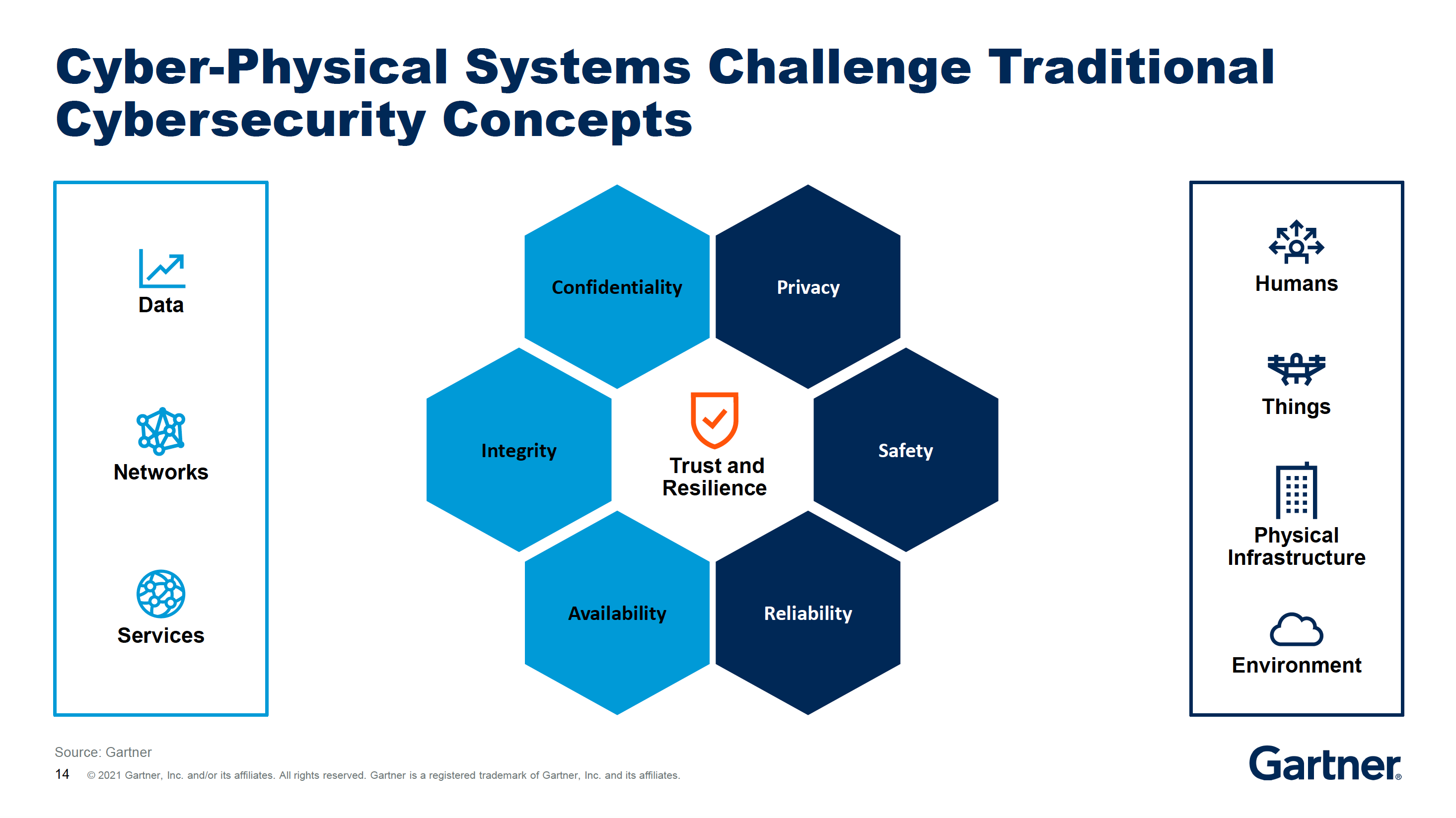Cyber-physical systems (CPS) are integrated systems that combine physical and computational components. They are designed to interact with the physical world in real-time, and they can be used to control, monitor, or optimize physical processes.
CPS are becoming increasingly common in a wide range of applications, including transportation, healthcare, manufacturing, and energy. They have the potential to improve efficiency, safety, and sustainability in these industries.
There are two main types of CPS:
- Embedded CPS: These systems are designed to control a specific physical process. For example, an embedded CPS might be used to control the temperature of a furnace or the speed of a motor.
- Networked CPS: These systems are connected to a network, and they can communicate with other CPS or with computers. For example, a networked CPS might be used to monitor the health of a power grid or to control the traffic flow in a city.
CPS offer a number of advantages over traditional systems. They are more efficient, because they can collect and process data in real time. They are also more reliable, because they can self-diagnose and self-correct. And they are more secure, because they can be protected from cyberattacks.
However, CPS also have some challenges. They are complex, and they can be difficult to design, develop, and test. They are also vulnerable to cyberattacks, and they can be disrupted by environmental factors.
Overall, CPS are a promising technology with the potential to revolutionize many industries. However, it is important to be aware of the challenges associated with CPS before deploying them.
Which Should You Choose?
The choice of whether to use a cyber-physical system (CPS) or a conventional system depends on a number of factors, including the specific application, the required level of performance, and the budget.
In general, CPS are a good choice for applications that require real-time control, high performance, or a high degree of reliability. For example, CPS are often used in transportation, healthcare, and manufacturing.
However, CPS can be more expensive than conventional systems. They are also more complex to design, develop, and test. As a result, CPS may not be the best choice for all applications.
Here is a table that summarizes the pros and cons of CPS:
| Pros | Cons |
|---|---|
| Real-time control | More expensive |
| High performance | More complex |
| High reliability | More difficult to design, develop, and test |
drive_spreadsheetExport to Sheets
Ultimately, the decision of whether to use a CPS or a conventional system depends on the specific needs of the application.
Examples of Cyber-Physical Systems
There are many examples of cyber-physical systems in use today. Some of the most common include:
- Autonomous vehicles: These vehicles use sensors and software to navigate the road without human input.
- Smart grids: These grids use sensors and software to monitor and control the flow of electricity.
- Medical devices: These devices use sensors and software to monitor and track patient health.
- Industrial control systems: These systems use sensors and software to control industrial processes.
- Robotics: These systems use sensors and software to control robots.
These are just a few examples of the many cyber-physical systems that are in use today. As technology continues to advance, we can expect to see even more applications for this powerful technology.
The Future of Cyber-Physical Systems
The future of cyber-physical systems is very bright. As technology continues to advance, we can expect to see even more applications for this powerful technology.
Some of the potential applications of CPS in the future include:
- Self-driving cars: These cars will use CPS to navigate the road without human input.
- Smart cities: These cities will use CPS to monitor and control everything from traffic flow to energy consumption.
- Personalized healthcare: These systems will use CPS to track and monitor patient health in real time.
- Virtual reality: These systems will use CPS to create immersive and realistic virtual environments.
These are just a few of the potential applications of CPS in the future. As technology continues to advance, we can expect to see even more amazing applications for this powerful technology.





